Houseplants help keep the air in your house clean along with increasing the beauty of the interiors. Read on to know how to identify a few common houseplants.
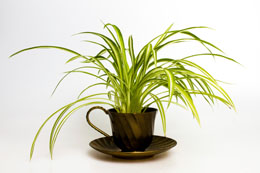
Identifying a houseplant can be a difficult task if you have no background in the field of botany. But these days, with the advent of Internet, all you have to do is type in a few characteristics of the plant and you will not only be able to identify your plant, but will also receive plenty of tips and directions as to how to maintain it.
I love keeping little potted plants in my house and they help increase the aesthetic of the interiors better than any other artifacts. In this article, I have list out the characteristics of some of the most common houseplants.
English Ivy (Hedera helix)
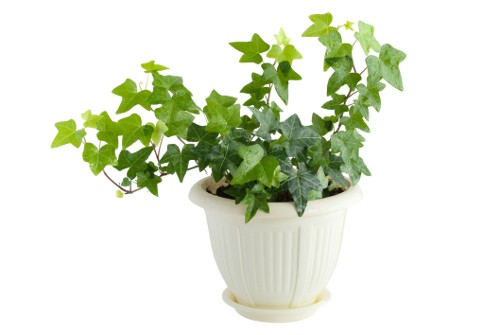
This is an evergreen vine that is known to grow up to 100 ft in length. The leaves are dark green in color, are waxy in appearance, and have palmate veins. The leaf shape may vary, but the common pattern is a 3 or 5-lobed leaf with a heart-shaped base. Clusters of greenish-yellow flowers are seen in the fall that develop into black-colored berries. The English Ivy can grow along the ground, displacing native species living under it or in the tree canopy, covering the trees and gradually killing them.
Spider Plant (Chlorophytum comosum)
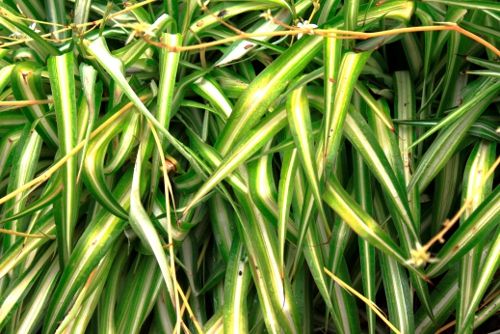
The Spider Plants are one of the most popular houseplants in the world, as they grow quickly and are very attractive. The leaves are long and come in various color combinations of cream and green. These leaves produce the plantlets at their tips which can be removed and potted separately. They are prone to sunburn and the plant should be kept out in the sunlight only for a few hours. It looks best as a hanging plant which helps make the long leaves look their best.
Weeping Fig (Ficus benjamina)
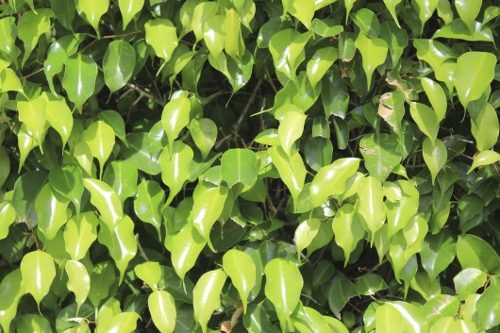
This is a very popular indoor plant which requires adequate water and sunlight. It has a rich glossy-green foliage that makes an interesting contrast with the gray-colored soft trunk. The older leaves are found at the center of the foliage. As the leaves get older, they turn yellow and die out. The plant is not very adaptable to changes, and the leaves start to drop when it is moved from one place to another frequently. For the plant to be at its best, wipe the foliage with a moist cloth periodically.
Prayer Plant (Maranta leuconeura)
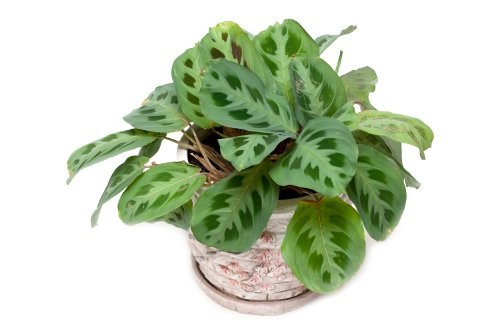
The Prayer Plants are one of the most striking houseplants. The most interesting behavior of this plant is that around the evening, the leaves start folding up slowly and are completely folded by nighttime (like in prayer). They open up again in the morning. Another characteristic feature of the leaves is the brown patch between the veins that resembles a rabbit's foot. These plants prefer warm humid conditions, and the edges of the leaves become brown when they do not receive sufficient sunlight. But, too much of sunlight is also not good, as the leaves become bleached when exposed to direct sunlight.
Christmas Cactus (Schlumbergera bridgesii)
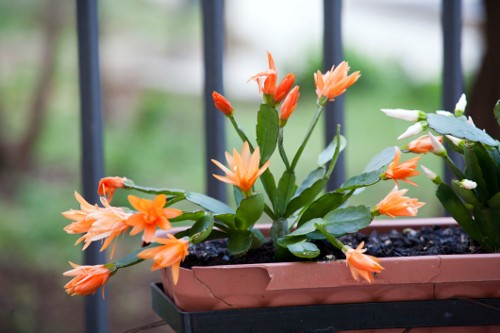
The Christmas cactus is characterized by flat, glossy segments that resembles a chain, and forms a pendant in the form of a flower that is commonly red in color with a tinge of orange. These plants tend to bloom if they are kept in uninterrupted dark periods for about 12 hours each night. These plants will bloom during the holidays if the cool treatments are started in November. Unlike their relatives, these cacti plants cannot withstand drought conditions and require water frequently.
Blushing Bromeliad (Neoregelia carolinae)
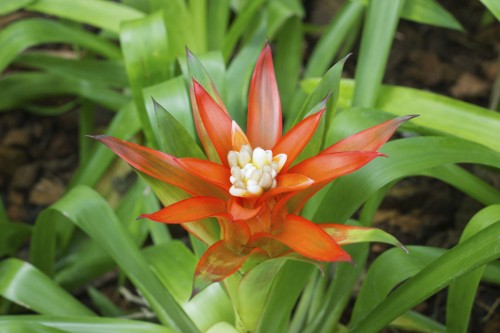
This is a striking bromeliad with a long life. These plants can flower at any point of time in the year. When they are about to flower, the central part of the rosette of the leaves turns bright red or purple in color, giving the impression that the plant is blushing. These plants require bright and direct sunlight with high temperatures to encourage flowering.
Nun's Orchid (Phaius tankervilliae)
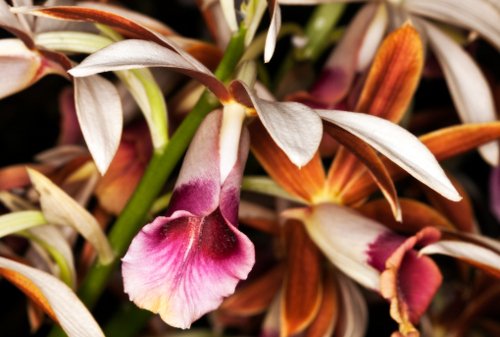
Nun's Orchids are low-maintenance and appealing plants. They have been named so as the hooded flowers reminds one of a nun's veil. These plants can bear a maximum of three stalks of white and reddish-brown flowers that last for about a month. These plants thrive best with good light and average humidity. A very easy plant to propagate, you can share it very easily with all your loved ones.
I hope that you have found this article on identifying houseplants useful. Also, with the various beauties mentioned above, I hope that I have tempted you to get one of these for your home.






 Identifying a houseplant can be a difficult task if you have no background in the field of botany. But these days, with the advent of Internet, all you have to do is type in a few characteristics of the plant and you will not only be able to identify your plant, but will also receive plenty of tips and directions as to how to maintain it.
Identifying a houseplant can be a difficult task if you have no background in the field of botany. But these days, with the advent of Internet, all you have to do is type in a few characteristics of the plant and you will not only be able to identify your plant, but will also receive plenty of tips and directions as to how to maintain it.





